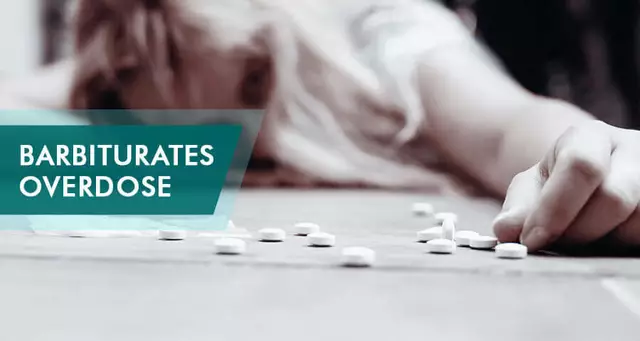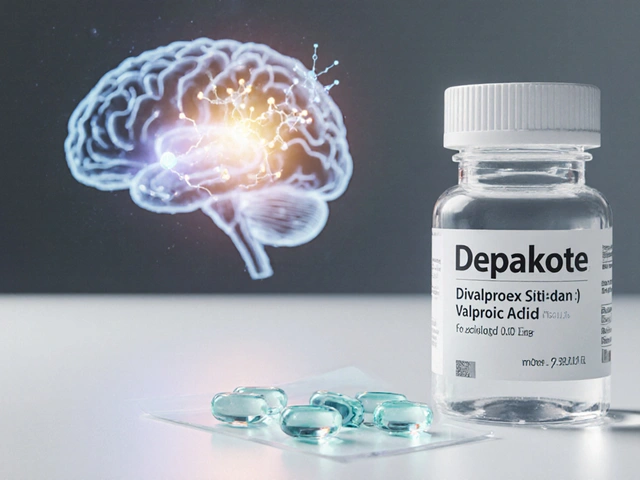Diabetes medication 2025: new options, smart choices
Want the short version? 2025 is the year diabetes care keeps getting more powerful and, yes, a bit more complicated. Newer drugs that cut blood sugar and shrink waistlines are now mainstream. At the same time, older classes like SGLT2 inhibitors keep proving they protect the heart and kidneys. Here’s what you need to know right now—what’s new, what to watch for, and what to ask your clinician.
What’s changed in 2025
GLP‑1 receptor agonists still headline the story. Semaglutide (the active drug in Ozempic/Wegovy) and tirzepatide (a dual GIP/GLP‑1 agent sold as Mounjaro/Zepbound) are widely used for type 2 diabetes and weight management. Big trials showed they lower A1c a lot and help people lose significant weight—tirzepatide has been especially impressive in many patients.
Oral GLP‑1s like semaglutide pills (Rybelsus) are more accessible now, so you don’t always need injections. SGLT2 inhibitors (empagliflozin/Jardiance, dapagliflozin/Farxiga) remain key for people with type 2 diabetes who also have heart disease or chronic kidney disease—those drugs reduce hospitalizations and slow kidney decline.
Insulin hasn’t stood still either. Newer basal insulins and biosimilars aim for steady blood sugar with fewer lows, and smart insulin pens/connected devices make dosing and tracking easier. Combination pills and fixed-dose injectables that pair GLP‑1 with other agents are growing, making single-prescription approaches more common.
Practical tips: safety, cost, and next steps
Side effects? Expect nausea and GI upset with GLP‑1s at first; they often improve over weeks. SGLT2s can raise the risk of genital infections—simple hygiene and quick treatment help. If you’re on insulin or a sulfonylurea, adding powerful glucose‑lowering drugs raises hypoglycemia risk, so dose adjustments and extra glucose checks are important.
Cost matters. These new meds can be pricey. Check insurance coverage, manufacturer savings programs, and patient-assistance options. Ask your clinic’s pharmacy or diabetes educator about copay cards and generic alternatives—sometimes you’ll find an affordable pathway.
Thinking about buying online? Stick to licensed pharmacies and never skip a real prescription or clinical follow-up. Unsafe websites can sell counterfeit or wrong-dosed medicines—ask your pharmacist how to verify a site.
Questions to ask your clinician: How much A1c drop can I expect? Will this drug affect my heart or kidneys? Do I need to change my insulin dose? What are the short-term side effects and how do we manage them? How will cost affect long-term use?
New drugs in 2025 give real benefits—better sugar control, weight loss, and organ protection. Match the medicine to your health goals, keep an eye on side effects, and work with your care team to make safe, affordable choices.

Exploring Sitagliptin Alternatives in 2025: What You Need to Know
Navigating the complex world of diabetes medications can be overwhelming. In 2025, Sitagliptin has viable alternatives that address various patient needs. This article delves into these options, detailing their benefits and drawbacks. You'll learn about emerging treatments like Trulicity that promise enhanced blood sugar control, cardiovascular benefits, and unique administration methods.
Read More




